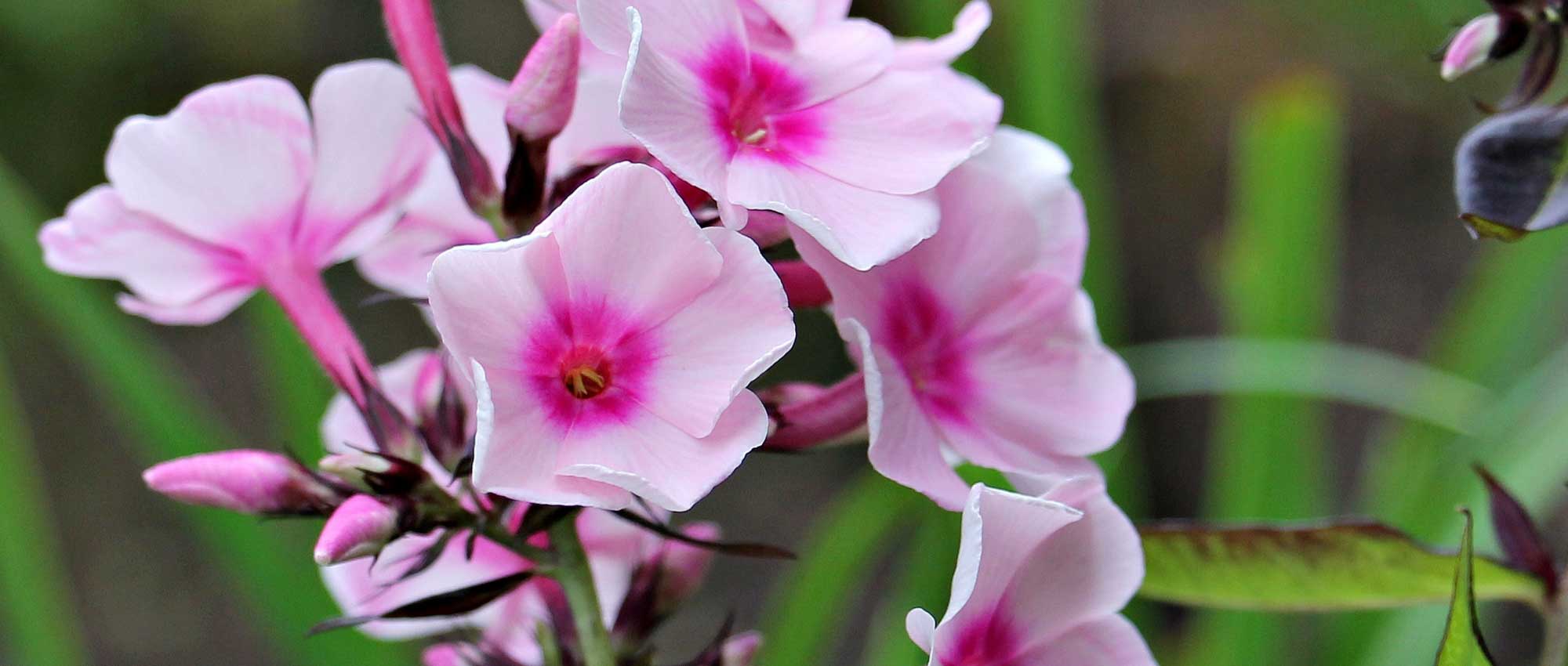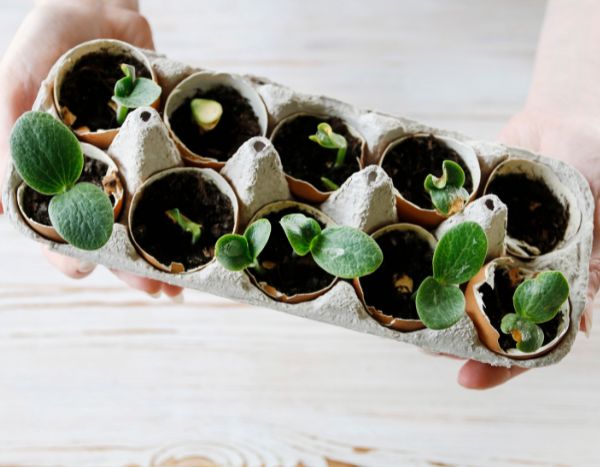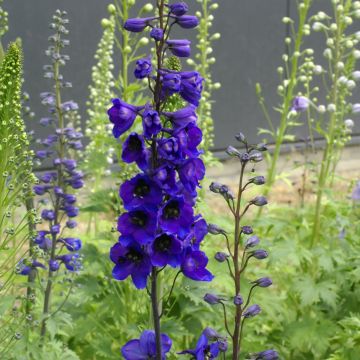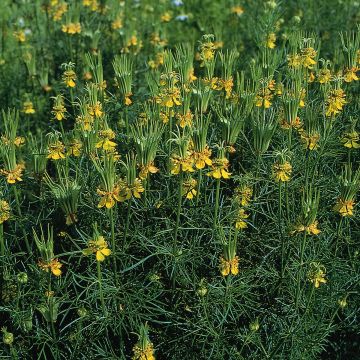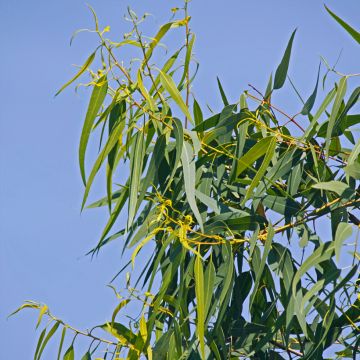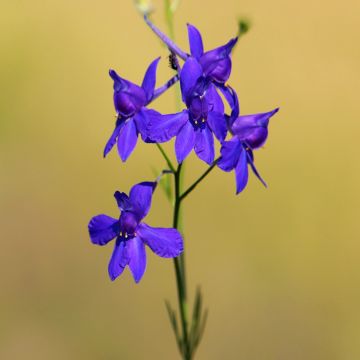

Phlox drummondii Beauty Coral Reef seeds - Drummond's phlox


Phlox drummondii Beauty Coral Reef seeds - Drummond's phlox
Phlox drummondii Beauty Coral Reef seeds - Drummond's phlox
Phlox drummondii Beauty Coral Reef
Drummond's phlox, annual phlox
Special offer!
Receive a €20 voucher for any order over €90 (excluding delivery costs, credit notes, and plastic-free options)!
1- Add your favorite plants to your cart.
2- Once you have reached €90, confirm your order (you can even choose the delivery date!).
3- As soon as your order is shipped, you will receive an email containing your voucher code, valid for 3 months (90 days).
Your voucher is unique and can only be used once, for any order with a minimum value of €20, excluding delivery costs.
Can be combined with other current offers, non-divisible and non-refundable.
Home or relay delivery (depending on size and destination)
Schedule delivery date,
and select date in basket
This plant carries a 6 months recovery warranty
More information
We guarantee the quality of our plants for a full growing cycle, and will replace at our expense any plant that fails to recover under normal climatic and planting conditions.
Does this plant fit my garden?
Set up your Plantfit profile →
Description
The Phlox drummondii ‘Beauty Coral Reef’ is a delicate, small-statured annual variety offering generous flowering in pastel shades of cream, peach, soft pink and coral. Its star-shaped, sometimes veined or marbled flowers bloom on ramified stems forming a compact mound approximately 30 cm in height. Very pretty in borders, planters and as cut flowers, this easy-to-grow plant adds a romantic touch to the garden.
The Phlox drummondii 'Beauty Coral Reef' belongs to the Polemoniaceae family and is commonly called Drummond's phlox or annual phlox. The Phlox drummondii species is native to the prairies and open woodlands of central and eastern Texas where it grows naturally in sandy, neutral to slightly acidic, well-drained and sunny soil. The Phlox drummondii is an annual plant that completes its life cycle in a single season. However, in warm climates, it can sometimes behave as a short-lived perennial.
The cultivar 'Beauty Coral Reef' was selected for its abundant flowering and unique pastel hues. This plant has a bushy, compact habit, reaching 20 to 40 cm in height and 25 to 30 cm in width. Its growth is rapid, with flowering beginning 8 to 10 weeks after sowing. The stems are ramified and slightly sticky due to the presence of glandulous hairs. The single and opposite, lanceolate to oblong leaves measure between 2 and 5 cm long. They are a bright green and have a slightly rough texture. The plant dies back at the end of the season. The star-shaped, five-lobed flowers measure 2 to 2.5 cm in diameter. They are grouped in dense terminal inflorescences. The colour palette of the 'Beauty Coral Reef' includes shades of cream, peach, soft pink and coral, with marbled or veined variations. Some blooms have a darker eye. This flowering extends from June until the first frosts. The flowers are slightly fragrant and attract various pollinators, particularly butterflies.
The Phlox drummondii ‘Beauty Coral Reef’ naturally finds its place in sunny borders, English-style mixed borders or flowering pots. Its small size is ideal for the front of beds where it quickly forms a light, colourful carpet. It is also perfect in planters or window boxes where its romantic appearance complements silver foliage like that of Dusty Miller ‘Silver Dust’, or soft, fragrant blooms like those of Lobularia ‘Snow Princess’. It also pairs very well with Cosmos ‘Apricotta’, with its pink and apricot tones. Its charm also works in country or cottage gardens, especially when combined with fine grasses or love-in-a-mist. With its long-lasting flowering and airy silhouette, it provides structure without heaviness and offers a gentle contrast with denser foliage.
Phlox drummondii Beauty Coral Reef seeds - Drummond's phlox in pictures




Flowering
Foliage
Plant habit
Botanical data
Phlox
drummondii
Beauty Coral Reef
Polemoniaceae
Drummond's phlox, annual phlox
Cultivar or hybrid
Planting and care
Phlox Drummondii 'Beauty Coral Reef' are best sown under cover in seed trays from February to March. Ideally, maintain a temperature of 18-20°C for rapid germination, though the seeds can germinate once temperatures reach 13-15°C.
Cover the seeds with just a thin layer of compost (1 to 2 mm), keeping it slightly moist, and place in sunlight (essential for germination). They will sprout within 10 to 21 days. Once the seedlings are large enough to handle and the risk of frosts has passed, you can plant them out. Choose well-drained, preferably rich soil and a sunny spot.
As they can sometimes struggle with transplanting, it is perfectly possible to sow them directly in situ from April through to May. Sow after loosening the superficial soil, placing one seed every 10/15 cm.
Growing:
Drummond's Phlox prefer light, fertile, moist but well-drained soil and a sunny position. They are susceptible to powdery mildew, so you may apply a preventive treatment and take care not to water the foliage, but rather the base of the plant. Protect young plants from slugs.
Sowing period
Intended location
Planting & care advice
This item has not been reviewed yet - be the first to leave a review about it.
Similar products
Haven't found what you were looking for?
Hardiness is the lowest winter temperature a plant can endure without suffering serious damage or even dying. However, hardiness is affected by location (a sheltered area, such as a patio), protection (winter cover) and soil type (hardiness is improved by well-drained soil).

Photo Sharing Terms & Conditions
In order to encourage gardeners to interact and share their experiences, Promesse de fleurs offers various media enabling content to be uploaded onto its Site - in particular via the ‘Photo sharing’ module.
The User agrees to refrain from:
- Posting any content that is illegal, prejudicial, insulting, racist, inciteful to hatred, revisionist, contrary to public decency, that infringes on privacy or on the privacy rights of third parties, in particular the publicity rights of persons and goods, intellectual property rights, or the right to privacy.
- Submitting content on behalf of a third party;
- Impersonate the identity of a third party and/or publish any personal information about a third party;
In general, the User undertakes to refrain from any unethical behaviour.
All Content (in particular text, comments, files, images, photos, videos, creative works, etc.), which may be subject to property or intellectual property rights, image or other private rights, shall remain the property of the User, subject to the limited rights granted by the terms of the licence granted by Promesse de fleurs as stated below. Users are at liberty to publish or not to publish such Content on the Site, notably via the ‘Photo Sharing’ facility, and accept that this Content shall be made public and freely accessible, notably on the Internet.
Users further acknowledge, undertake to have ,and guarantee that they hold all necessary rights and permissions to publish such material on the Site, in particular with regard to the legislation in force pertaining to any privacy, property, intellectual property, image, or contractual rights, or rights of any other nature. By publishing such Content on the Site, Users acknowledge accepting full liability as publishers of the Content within the meaning of the law, and grant Promesse de fleurs, free of charge, an inclusive, worldwide licence for the said Content for the entire duration of its publication, including all reproduction, representation, up/downloading, displaying, performing, transmission, and storage rights.
Users also grant permission for their name to be linked to the Content and accept that this link may not always be made available.
By engaging in posting material, Users consent to their Content becoming automatically accessible on the Internet, in particular on other sites and/or blogs and/or web pages of the Promesse de fleurs site, including in particular social pages and the Promesse de fleurs catalogue.
Users may secure the removal of entrusted content free of charge by issuing a simple request via our contact form.
The flowering period indicated on our website applies to countries and regions located in USDA zone 8 (France, the United Kingdom, Ireland, the Netherlands, etc.)
It will vary according to where you live:
- In zones 9 to 10 (Italy, Spain, Greece, etc.), flowering will occur about 2 to 4 weeks earlier.
- In zones 6 to 7 (Germany, Poland, Slovenia, and lower mountainous regions), flowering will be delayed by 2 to 3 weeks.
- In zone 5 (Central Europe, Scandinavia), blooming will be delayed by 3 to 5 weeks.
In temperate climates, pruning of spring-flowering shrubs (forsythia, spireas, etc.) should be done just after flowering.
Pruning of summer-flowering shrubs (Indian Lilac, Perovskia, etc.) can be done in winter or spring.
In cold regions as well as with frost-sensitive plants, avoid pruning too early when severe frosts may still occur.
The planting period indicated on our website applies to countries and regions located in USDA zone 8 (France, United Kingdom, Ireland, Netherlands).
It will vary according to where you live:
- In Mediterranean zones (Marseille, Madrid, Milan, etc.), autumn and winter are the best planting periods.
- In continental zones (Strasbourg, Munich, Vienna, etc.), delay planting by 2 to 3 weeks in spring and bring it forward by 2 to 4 weeks in autumn.
- In mountainous regions (the Alps, Pyrenees, Carpathians, etc.), it is best to plant in late spring (May-June) or late summer (August-September).
The harvesting period indicated on our website applies to countries and regions in USDA zone 8 (France, England, Ireland, the Netherlands).
In colder areas (Scandinavia, Poland, Austria...) fruit and vegetable harvests are likely to be delayed by 3-4 weeks.
In warmer areas (Italy, Spain, Greece, etc.), harvesting will probably take place earlier, depending on weather conditions.
The sowing periods indicated on our website apply to countries and regions within USDA Zone 8 (France, UK, Ireland, Netherlands).
In colder areas (Scandinavia, Poland, Austria...), delay any outdoor sowing by 3-4 weeks, or sow under glass.
In warmer climes (Italy, Spain, Greece, etc.), bring outdoor sowing forward by a few weeks.






























